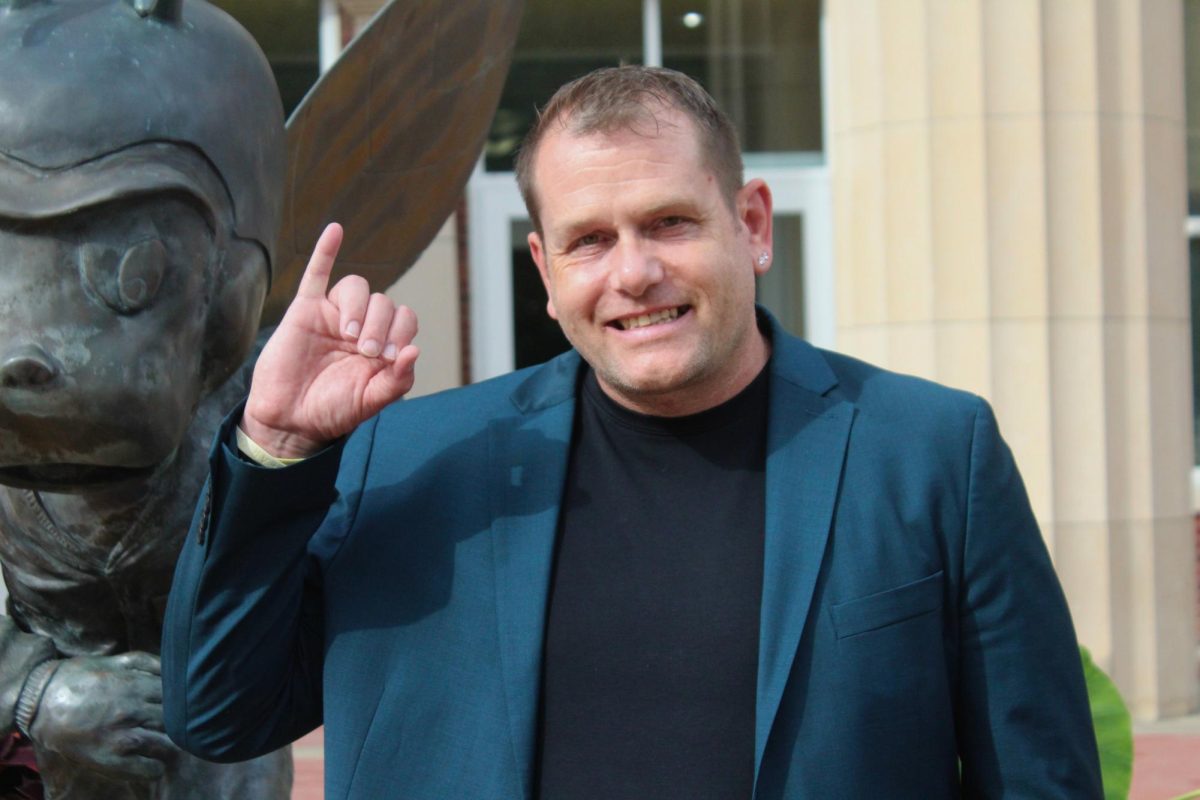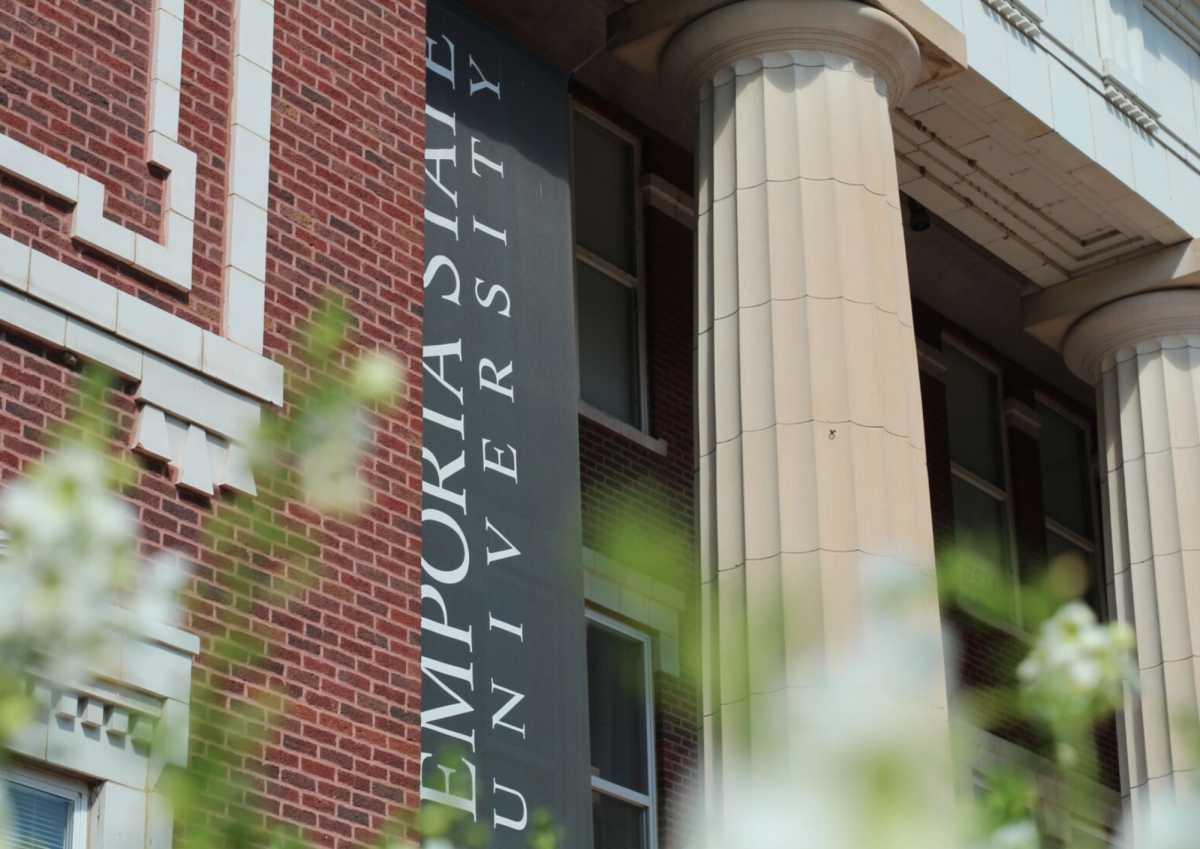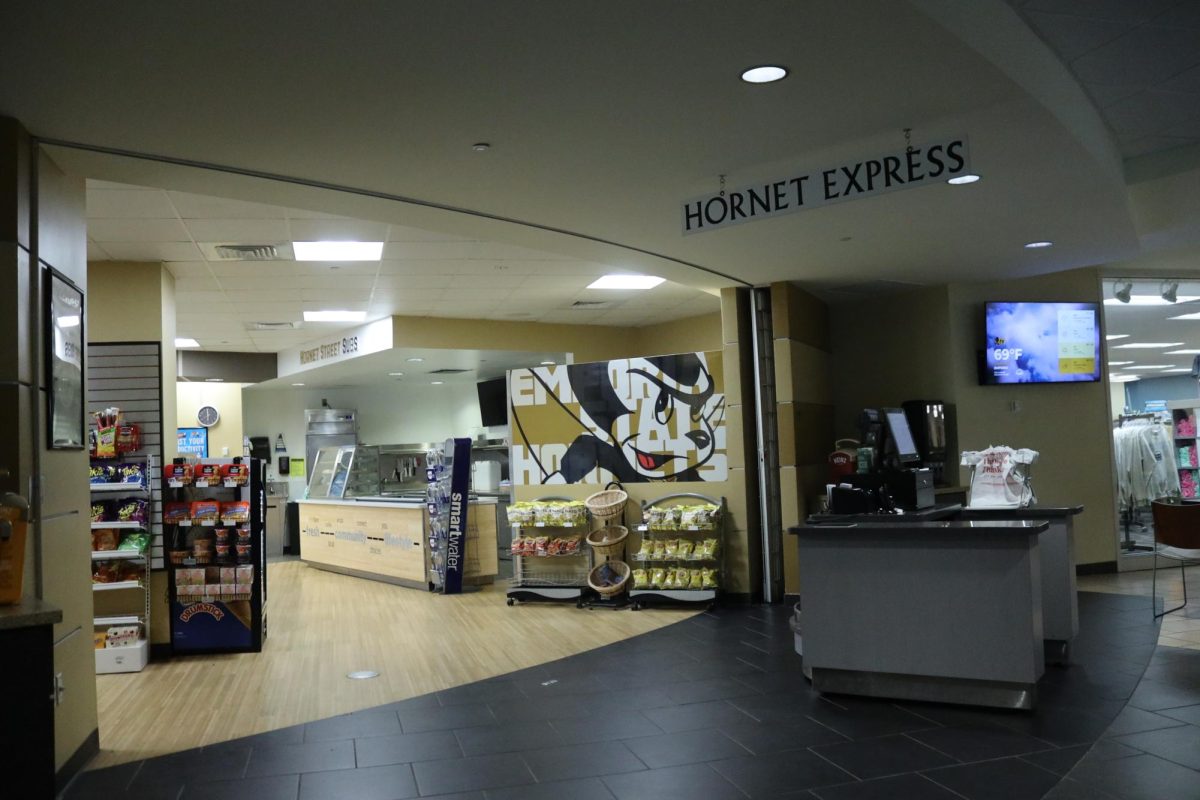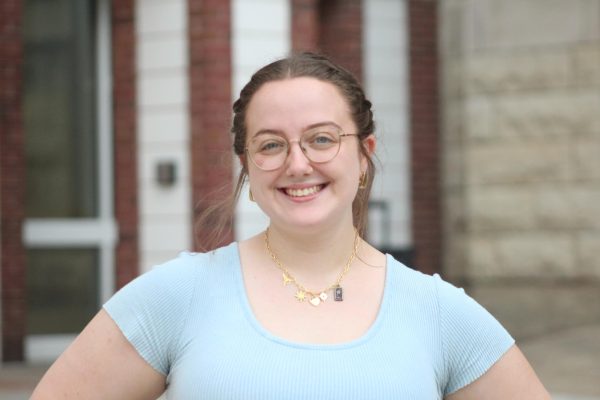The Faculty Voluntary Early Retirement Incentive, announced late last month, will provide “cost savings” for the University while encouraging eligible faculty to retire early, according to Director of Human Resources Ray Lauber.
The last time ESU offered faculty an early retirement incentive was in Spring 2021.
Lauber says there are “a unique set of factors that make an incentive a viable option.” Budgets for the next fiscal year, potential allocations from the state, enrollment numbers and potential fee structures were considered when implementing the program.
“All of those data points that fit into how it is that you make the organization function and how it is that you generate revenue and build into it,” he said.
About 25 faculty members are eligible for the incentive according to Lauber. Faculty are deemed eligible for the incentive if they are at least 59 ½ years old, have 10 years of service at ESU and hold benefits-eligible positions.
There are a few potentials for positions that open as a result of faculty taking part in the program. Those positions may be refilled, reconfigured or be used to hire into a different position in a program that is in need of additional faculty based on enrollment.
“What we might do is we might shift where it is that we have that position… And so those are the sorts of places where we might see some cost savings because we might not be taking someone who is an associate professor, right? We might be refilling that in another program as an instructor,” said Lauber. “And again, there’s so many different permutations around what that could look like.”
Lauber said the incentive is not an attempt to eliminate positions within the University, reiterating that cost savings does not equal position elimination. Gwen Larson, director of media relations and internal communication at ESU, says the effort is also “not necessarily” an effort to downsize. Instead it “provide(s) flexibility for the university to adjust resources.” Cost savings could result if it is determined a position is no longer needed.
Cost savings from the program could also be used in other ways. Lauber pointed to how current cost savings have been reinvested into the University to benefit students and “grow programming and opportunities” such as additional scholarships in arts programs, reducing attendance fees and the addition of a new nursing building.
“So when I talk about cost savings, those are the sorts of things that I’m talking about, where it is that we have a finite amount of money. We just have to be able to figure out how do we get to the space where we are able to move those dollars, shift those dollars, into places where we’re going to be able to then hopefully grow our numbers into the places to be able to provide the cool stuff that we can provide for students and for the student experience.”
Larson echoed Lauber’s sentiments in an email.
“If there are savings that result from the faculty early retirement incentive, those savings will be allocated to what is needed most — providing resources to academic programs that need additional faculty to better serve students, to co-curricular programs that create an exceptional student experience and/or to student scholarships,” she said.






